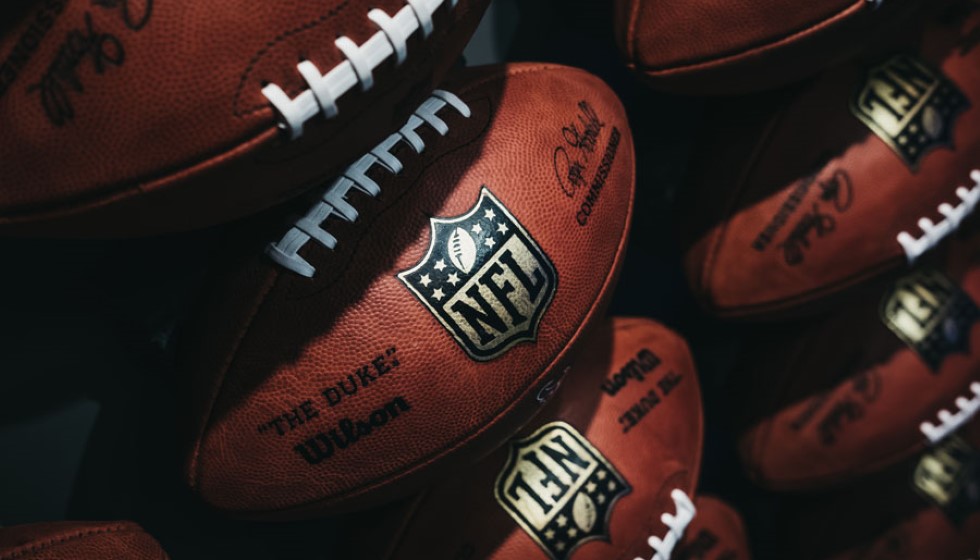
NFL Teams Face Critical Decisions in Tense Matchups
In a recent weekend filled with tense NFL matchups, strategic decisions by two teams drew particular attention. Both the Denver Broncos and the Atlanta Falcons opted for game-tying extra points rather than riskier two-point conversions in crucial moments of their respective games. These decisions not only influenced the immediate outcomes but also brought to light the dynamics and pressures involved in making such calls.
Broncos Bow to Bengals in Overtime
The Denver Broncos found themselves in a nail-biting showdown with the Cincinnati Bengals. With only eight seconds remaining, Marvin Mims Jr. secured a dramatic 25-yard touchdown, bringing the Broncos even with the Bengals. Opting for a game-tying extra point, the Broncos secured not only the tie but also their place in the playoffs. However, Cincinnati proved to be formidable in overtime, clinching victory with a touchdown pass from Joe Burrow to Tee Higgins, marking their dominance on the third possession. Reflecting on the decision, Broncos' coach Sean Payton noted, "If the tie element didn't sit in there, it probably would've been a little easier decision." His comments highlight the intricate balance between strategic calculation and instinctive judgment during critical game moments.
Falcons' Efforts Fall Short Against Commanders
Similarly, the Atlanta Falcons encountered a high-stakes situation against the Washington Commanders. A touchdown pass from Michael Penix Jr. to Kyle Pitts led to a tie when Atlanta chose the extra point instead of a two-point conversion. However, the Commanders, like the Bengals, displayed their prowess in overtime. Jayden Daniels led a triumphant opening possession touchdown drive that sealed their victory. This result added to the league's revealing statistic: teams hold a dismal 2-10 record after cutting a deficit to one point in the final two minutes this season. Evidently, the pressure of such moments sometimes yields outcomes that defy expectations.
Deciding the Extra Point Over the Two-Point Conversion
The broader narrative of these games sheds light on a critical aspect of football strategy—the choice between a game-tying extra point and a two-point conversion. The current season's conversion rate for two-point attempts stands at 40.5%, reflecting the inherent risk and potential reward of such decisions. In conditions marked by wet fields and looming game pressure, the safer route often prevails. As Buccaneers' coach Todd Bowles emphasized, "With the wet conditions on the field, we wanted overtime instead of going for two. We had our shots, and we lost the game." His words mirror the caution that envelopes decision-making under challenging conditions.
Overtime Performance Highlights
In the realm of overtime performance, another noteworthy player is Patrick Mahomes, who remains unbeaten with a 6-0 record during his regular-season career. His consistent performance in extra-time situations underscores the importance of having a strong, decisive leader during the most stressful segments of the game. It serves as a reminder of how individual aptitude and poise are integral to navigating the tumultuous waters of NFL overtime play.
The weekend's drama highlighted the delicate tightrope coaches walk when choosing between preserving a tie and gambling on a conversion for a potential lead. While strategy charts and analytics offer a compass, the human element—the gut feeling referred to by Sean Payton—often guides the ultimate decision. "A lot of it is your gut relative to how the toss goes," Payton remarked, providing insight into the nuanced judgments that determine the game paths of NFL teams under pressure.
This blend of strategic forethought and in-the-moment instincts is what captivates fans and pundits alike, making each game an unpredictable chess match played out on the field. As teams move forward, these experiences are bound to inform and refine their approaches, continually evolving the richly complex tapestry of professional football strategy.